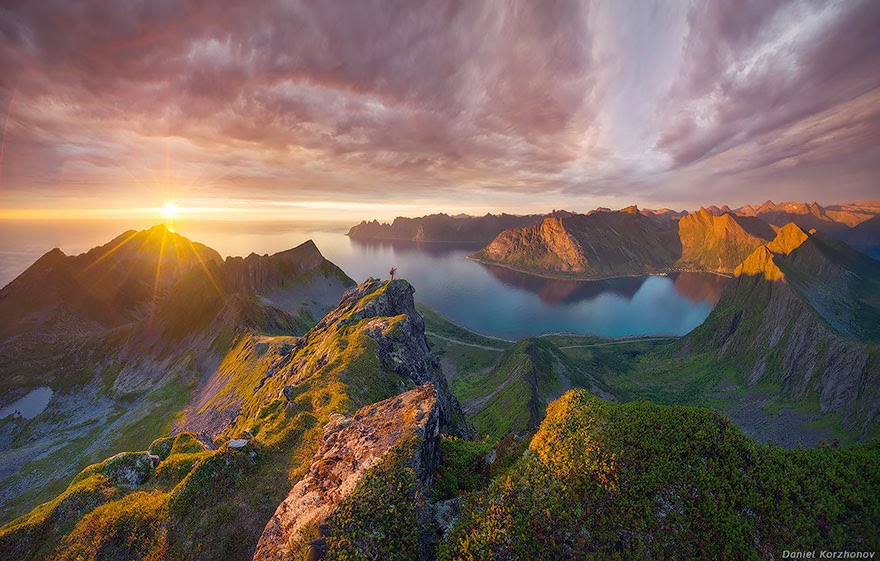The Tre Cime di Lavaredo also called “the three peaks of Lavaredo", Drei Zinnen, & "three merlons", are three distinctive battlement-like peaks, in the Sexten Dolomites of northeastern Italy. They are perhaps one of the best unique mountain groups in the Alps. The Tre Cime di Lavaredo is the symbol of the Italian Dolomites alone with no other peaks in the immediate vicinity, which accentuates its height and beauty.
The unique peaks are composed of well-layered dolostones of the Dolomia Principale formation, Carnian to Rhaetian in age, as are many other groups in the Dolomites. The Cima Grande “Big Peak” has an elevation of 2,999 metres and it stands between the Cima Piccola “Little Peak”, at 2,857 metres, and the Cima Ovest, “Western Peak” at 2,973 metres. Well, until 1919 the peaks formed part of the border between Italy and Austria and now now they lie on the border between the Italian provinces of South Tyrol and Belluno and still are a part of the linguistic boundary between German-speaking and Italian-speaking majorities. Since the front line between Italy and Austria during World War I ran through these mountains, there are a number of fortifications, man-made caves, and commemorative plaques in the area.
The unique peaks are composed of well-layered dolostones of the Dolomia Principale formation, Carnian to Rhaetian in age, as are many other groups in the Dolomites. The Cima Grande “Big Peak” has an elevation of 2,999 metres and it stands between the Cima Piccola “Little Peak”, at 2,857 metres, and the Cima Ovest, “Western Peak” at 2,973 metres. Well, until 1919 the peaks formed part of the border between Italy and Austria and now now they lie on the border between the Italian provinces of South Tyrol and Belluno and still are a part of the linguistic boundary between German-speaking and Italian-speaking majorities. Since the front line between Italy and Austria during World War I ran through these mountains, there are a number of fortifications, man-made caves, and commemorative plaques in the area.
Paul Grohman along with guides Franz Innerkofler and Peter Salcher was the first person, who first accent of the Cima Grande on Aug 21, 1869 The routes of these three first ascents are still the normal ascent routes; however the Cima Piccola's route is the most tough of the three. Several routes lead from the surrounding communities to and around the peaks. Therefore; the most common route is from Paternkofel/Monte Paterno to the alpine hut Auronzo at 2,333 m, over Paternsattel to the alpine hut Dreizinnenhütte/Locatelli at 2,405 m, and then to the peaks. There’re a number of other routes as well. The hiking trails wind through several lakes surrounded by wild rhododendron, and a malga, and an alpine dairy farm, which may be serving cool glasses of fresh milk. So, along the way you will observe wildflowers, particularly the yellow alpine poppies growing unbelievably in the rugged rocky terrain. Source: Charismatic Planet
































































